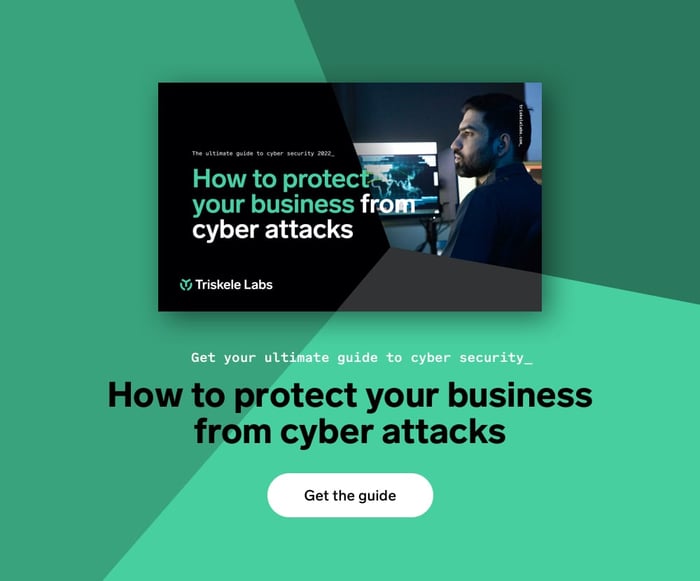If you have any kind of presence online, whether that’s a website or email service, you have the potential to be compromised by Threat Actors.
But there are some key defences you can put in place that will prevent or reduce cyber attacks. These simple steps can remove you from the easy ‘hit list’ Threat Actors use to target businesses in Australia and around the globe.
If you’re using an internally based service or something like Microsoft Exchange, your systems are highly vulnerable to attack. Third parties (like Threat Actors) and service providers are constantly finding gaps in the security of these systems. And while they’re also constantly releasing patches to fix these gaps, if those patches aren’t installed, the likelihood of your system being compromised skyrockets.
And being a small business won’t mean you are overlooked as a potential target. Threat Actors use websites that can search for vulnerabilities, like Exchange servers.
If you speak to a Managed Security Service Provider (MSSP) or Incident Response company, their first recommendation to you will be to move onto a hosted email service, like Gmail or Office 365.
Moving onto cloud services is a good first step, but if you want to be truly protected, you need to implement several other defences. These will help prevent basic attacks, allow you to track more sophisticated Threat Actors’ intrusion attempts, and help you stop them from accessing your systems.
By implementing these defences, you’ll greatly reduce your exposure to cyber attacks, as you won’t be the ‘low-hanging fruit’ that Threat Actors generally target.
It will also better prepare you if you do come under a more focused, determined attack. You’ll be able to detect suspicious activity and put measures in place to thwart their attempts, or at least have a clear idea of how to undo any damage they’ve inflicted in a fast, reliable way.
If you want to know more about how to protect your business or organisation. Get our Ultimate Guide to Cyber Security 2022 here
